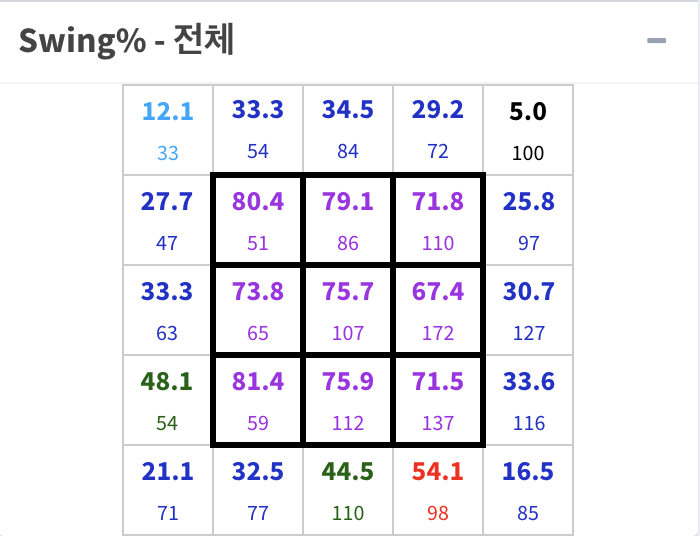Daily Prospect Notes: June 9 & 10
These are notes on prospects from lead prospect analyst Eric Longenhagen. Read previous installments here.
From games on June 8
Luis Campusano, C, San Diego Padres
Level & Affiliate: Triple-A El Paso Age: 22 Org Rank: 3 FV: 55
Line: 3-for-4, HR, 2B, BB
Notes
Recall that Campusano was thrust straight into the big leagues from High-A during the bizarre 2020 season, then found himself unexpectedly in the big leagues again early this year when Austin Nola was hurt. Even Campusano’s struggles during his first few weeks settling into Triple-A (remember, this is a 22-year-old whose last full season was in A-ball) are, you know, just a couple of weeks and he’s hitting .296/.387/.556 since the calendar flipped over to June. I’m not inclined to move off of him at all based on a couple of weeks of poor surface-level performance, especially when dry periods of surface performance are common for catchers because of the physical beating they take behind the plate. This is one of the more talented hitting catchers in all of pro baseball, a well-rounded offensive player at a position that might be the thinnest in all the big leagues. If you’re a dynasty fantasy baseball player who plays in a league with people who overreact to small samples or who struggle to put performance in proper context, you should pursue Campusano. Read the rest of this entry »

 Dan Szymborski
Dan Szymborski
